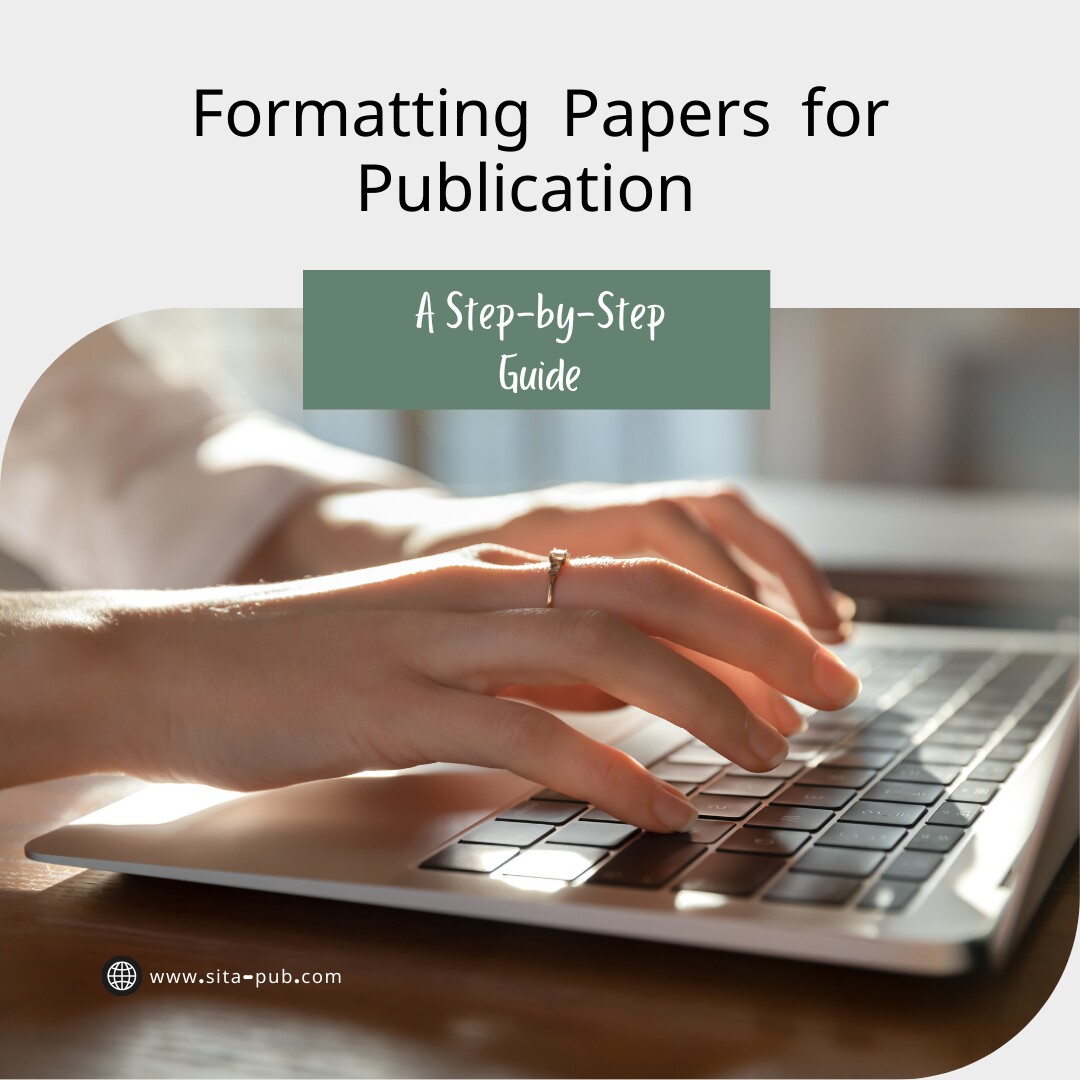Formatting papers for Publication: A Step-by-Step Guide


Submitting your research to a journal is an exciting step, but it's crucial to ensure your article meets their specific formatting guidelines. Failing to do so can lead to immediate rejection, even if your research is groundbreaking. Here's a breakdown of how to format your article for success:
Visit the Journal's Website: Locate the "Instructions for Authors" or "Submission Guidelines" section. This is your bible for formatting.
Download the Template (if available): Many journals offer downloadable templates to ensure consistent formatting. This is a huge time-saver and helps you avoid common errors.
Read Carefully: Pay close attention to details about:

Font: Typeface, size, and style (e.g., Times New Roman, 12pt, regular)
Margins: Top, bottom, left, and right margins
Line Spacing: Single or double spacing
Headings: Levels of headings, font size, and formatting
Citation Style: This is a crucial element! Common styles include:
APA (American Psychological Association): Used in social sciences, education, and psychology.
MLA (Modern Language Association): Used in humanities fields like literature, language, and cultural studies.
Chicago: Used in history, business, and some social sciences.
Vancouver: Used in medicine and the life sciences.
Other Specific Styles: Some journals have their own unique citation styles, so check carefully.
Tables and Figures: Formatting, captions, and placement
Word Count Limits: Adhere to the specified word count. Exceeding it can lead to automatic rejection.

Use a Word Processor: Microsoft Word, Google Docs, or other word processing software will help you apply formatting consistently.
Apply the Template (if provided): Start with the journal's template for a head start on formatting.
Follow the Style Guide: Adhere to the specific guidelines for:
Title Page: Include title, author names, affiliations, and contact information.
Abstract: A concise summary of your research, typically within a word limit.
Keywords: Include relevant keywords to help researchers find your work.
Introduction: Engage your reader with a clear statement of your research question and its significance.
Literature Review: Summarize and analyze existing research related to your topic.
Methodology: Describe your research methods, materials, and procedures in detail.
Results: Present your findings clearly and objectively, using tables, figures, and statistical analysis as needed.
Discussion: Interpret your results, discuss their implications, and compare them to existing research.
Conclusion: Summarize your key findings and restate your thesis.
References: List all sources cited in your manuscript using the specified citation style. This is where citation management software can be a lifesaver! Popular options include Zotero, Mendeley, and EndNote.
Proofread Carefully: Check for errors in formatting, grammar, and spelling. A fresh pair of eyes can help catch mistakes you might miss.
Use a Formatting Checker: Many word processors have built-in formatting checkers.
Get a Second Opinion: Ask a colleague or friend to review your formatting for accuracy. They can spot inconsistencies you might have overlooked.
Follow the Journal's Submission Instructions: Adhere to their online submission process and ensure all required documents are included.
Submit Your Manuscript: Submit your formatted manuscript with confidence, knowing you've met the journal's standards.

Remember: Formatting is crucial for making a good first impression on journal editors and reviewers. Following the journal's guidelines carefully increases your chances of acceptance and ensures you present your research professionally. It's a small detail that can make a big difference in the success of your publication journey.
Want to make sure your research paper is perfectly formatted for publication? SITA Academy can help!
We're experts in formatting research papers and articles, no matter which type of journal you're targeting. Whether you're aiming for a prestigious peer-reviewed publication in Web of Science or Scopus, or exploring open access journals for wider reach, we've got you covered.
We'll help you find the right journals that align with your research and impact factor goals. Then, we'll ensure your journal article looks professional and is ready to impress editors. We'll handle all the formatting details, including social science citation styles, so you can focus on your amazing research.
Why Choose SITA Academy?

Team of human professionals

Quality Assurance

Timely delivery

Satisfaction guarantee